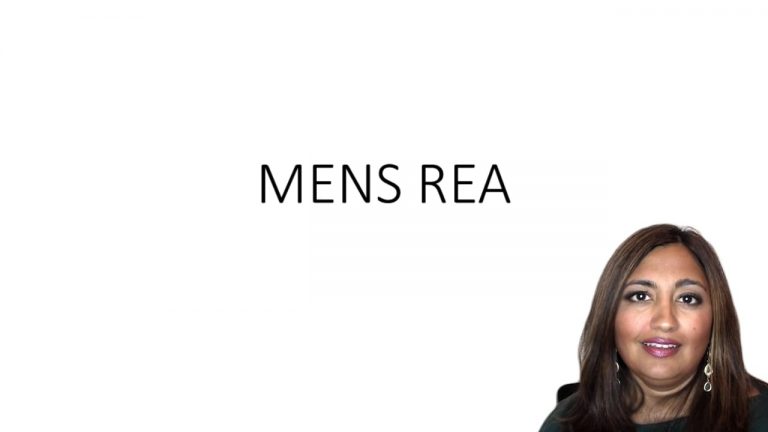SmartBrief
Confirm favorite deletion?
Criminal Law Keyed to Lee
Morissette v. United States
Citation:
342 U.S. 246, 72 S.Ct. 240, 96 L.Ed. 288 (1952)
ProfessorScott Caron
CaseCast™ – "What you need to know"
Facts
Morissette was a fruit stand operator in the summer in the summer and a trucker/scrap iron collector in the winter. In December of 1948, he went hunting and salvaged some spent bomb cases he found. These casings were thrown into piles. They were not stacked or piled in any order, and some heaps had been accumulating for four years or more. They were exposed to the weather and rusted.
Morissette loaded three tons of them onto his truck and took them to a nearby farm, where they were flattened and them marketed for $84. The loading, crushing, and transporting of the casings were all in broad daylight without the slightest effort of concealment.
An investigation began and Morissette voluntarily and promptly told the whole story to authorities. He stated that he thought the property was abandoned and had no intention of stealing. He was indicted on the charge that he “did unlawfully, willfully and knowingly steal and convert” property of the United States.
At trial, the court ruled that Morissette’s belief that the property was abandoned was no defense. The court refused to allow counsel to argue to the jury whether Morissette acted with innocent intention. The court told the jury that the question on intent is whether or not he intended to take the property.
Morissette was found guilty. The Court of Appeals affirmed the conviction, ruling that this particular offense requires no element of criminal intent.
Only StudyBuddy Pro offers the complete Case Brief Anatomy*
Access the most important case brief elements for optimal case understanding.
*Case Brief Anatomy includes: Brief Prologue, Complete Case Brief, Brief Epilogue
- The Brief Prologue provides necessary case brief introductory information and includes:
Topic:
Identifies the topic of law and where this case fits within your course outline.Parties:
Identifies the cast of characters involved in the case.Procedural Posture & History:
Shares the case history with how lower courts have ruled on the matter.Case Key Terms, Acts, Doctrines, etc.:
A case specific Legal Term Dictionary.Case Doctrines, Acts, Statutes, Amendments and Treatises:
Identifies and Defines Legal Authority used in this case.
- The Case Brief is the complete case summarized and authored in the traditional Law School I.R.A.C. format. The Pro case brief includes:
Brief Facts:
A Synopsis of the Facts of the case.Rule of Law:
Identifies the Legal Principle the Court used in deciding the case.Facts:
What are the factual circumstances that gave rise to the civil or criminal case? What is the relationship of the Parties that are involved in the case.Issue(s):
Lists the Questions of Law that are raised by the Facts of the case.Holding:
Shares the Court's answer to the legal questions raised in the issue.Concurring / Dissenting Opinions:
Includes valuable concurring or dissenting opinions and their key points.Reasoning and Analysis:
Identifies the chain of argument(s) which led the judges to rule as they did.
- The Brief Prologue closes the case brief with important forward-looking discussion and includes:
Policy:
Identifies the Policy if any that has been established by the case.Court Direction:
Shares where the Court went from here for this case.

 15m 13s
15m 13s